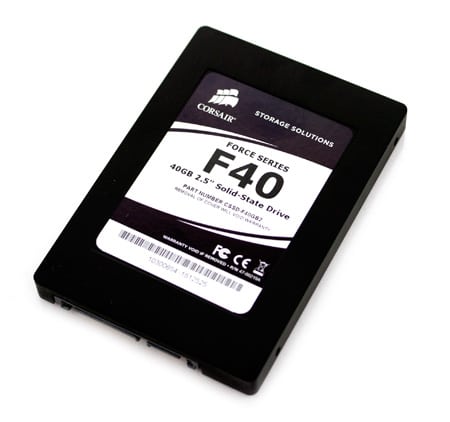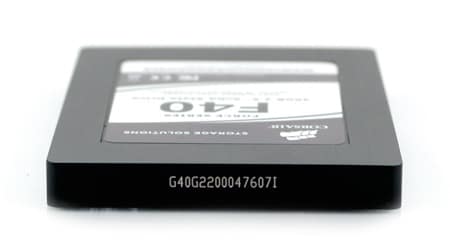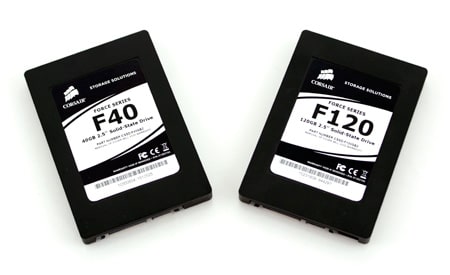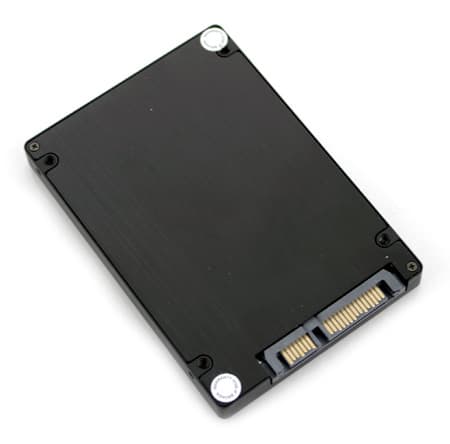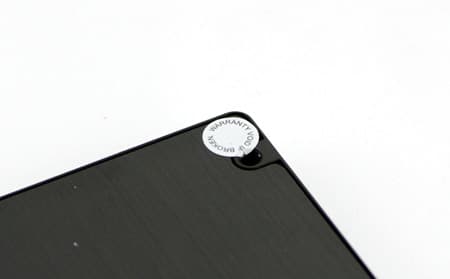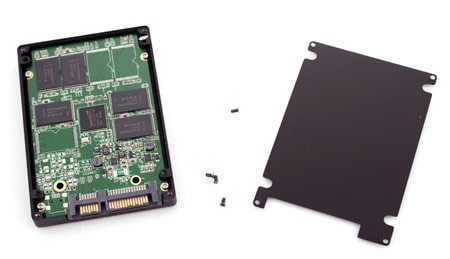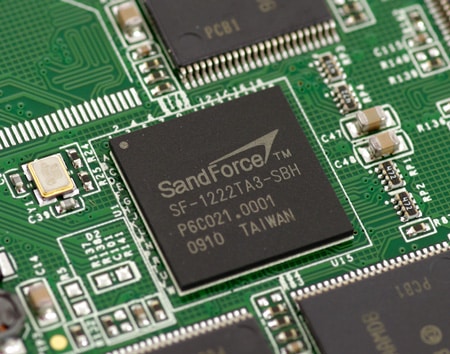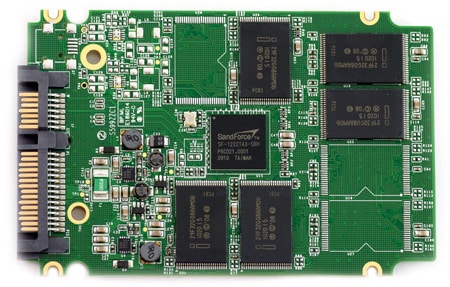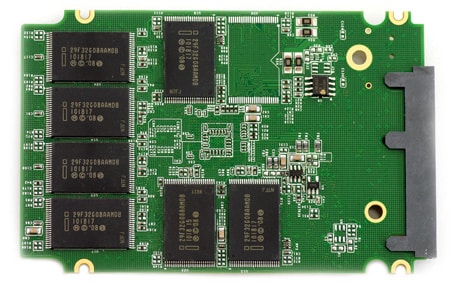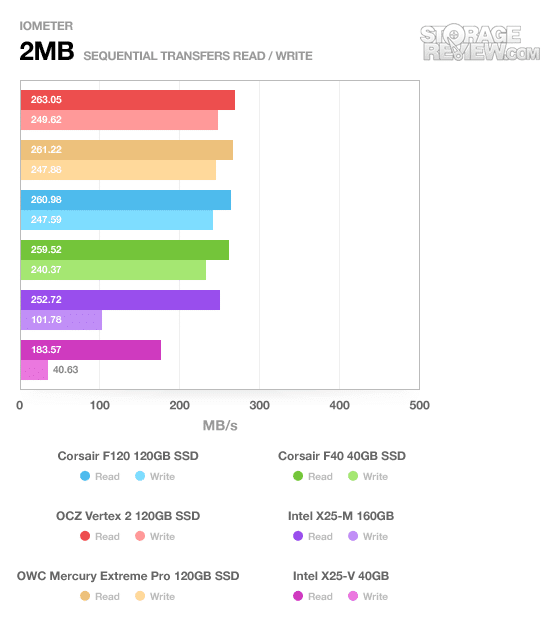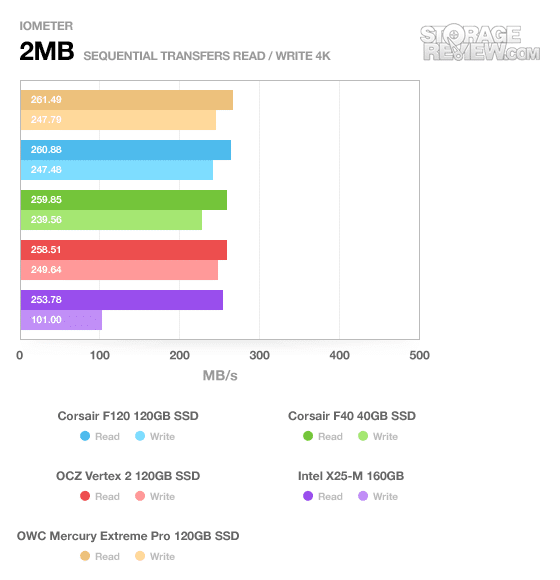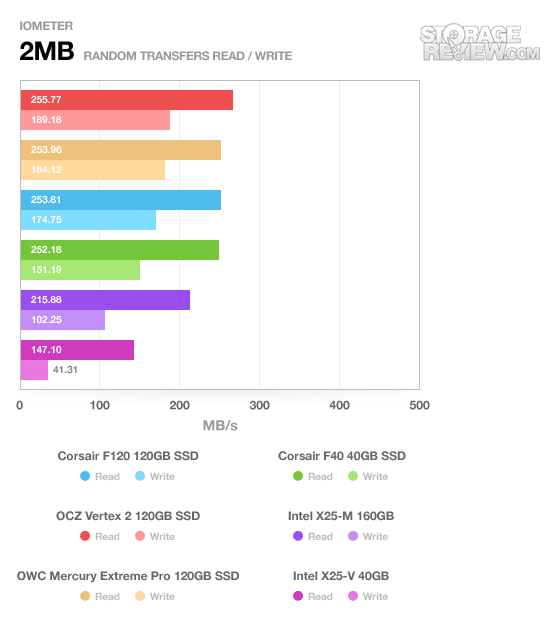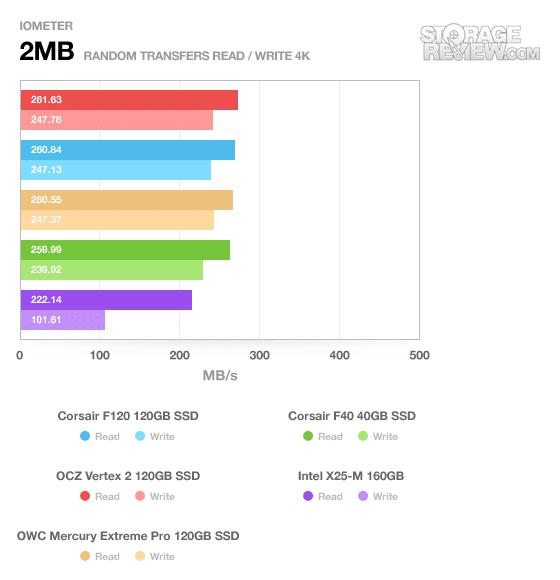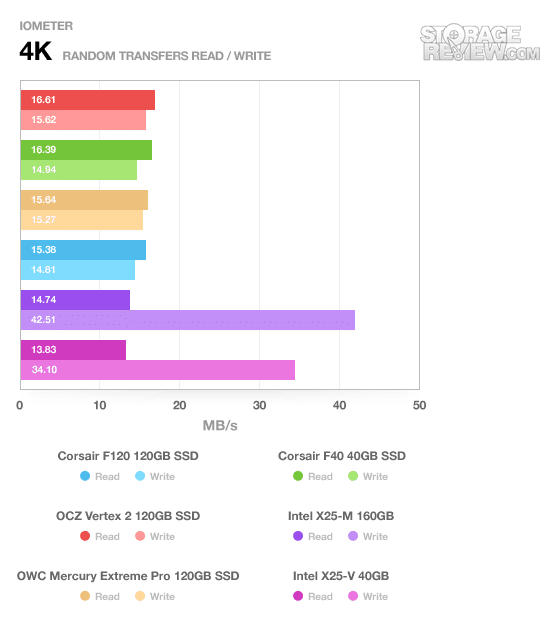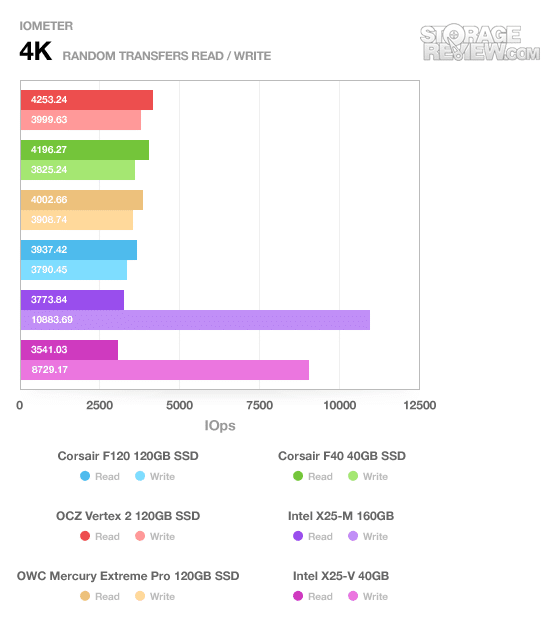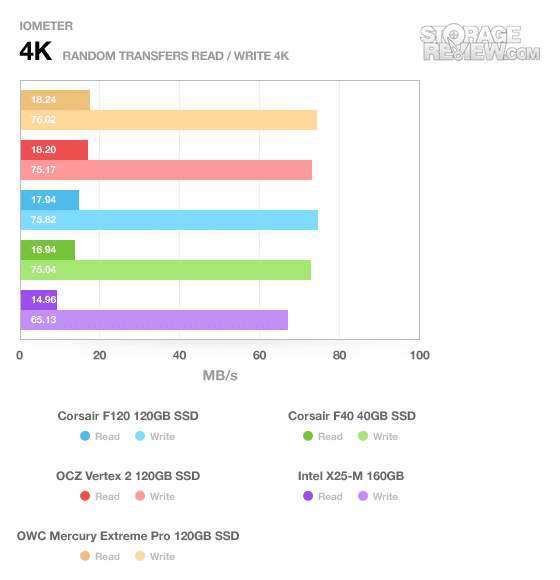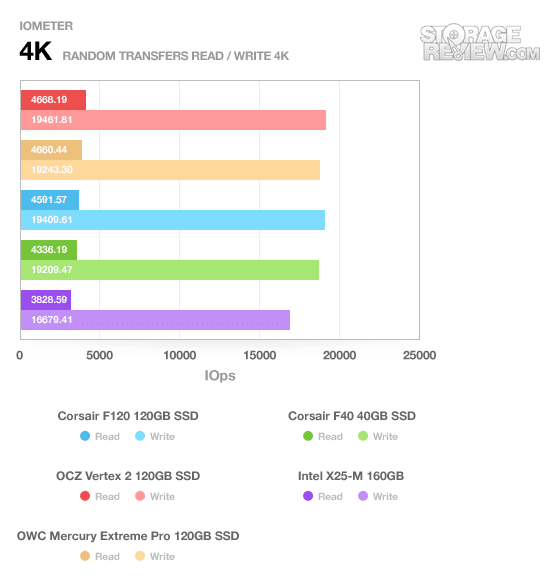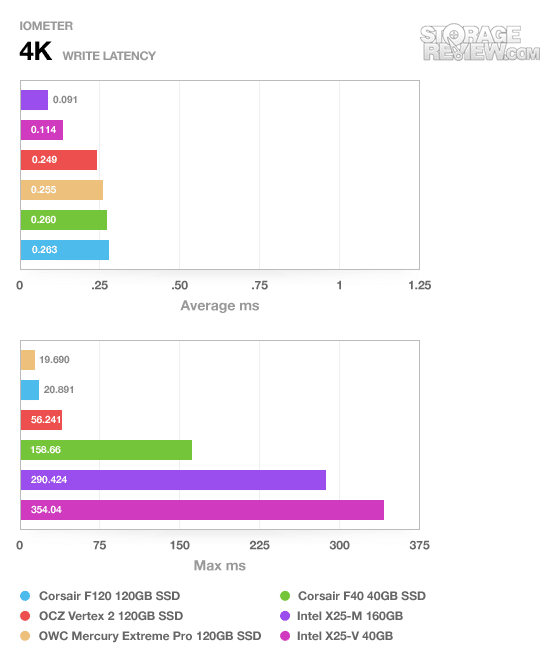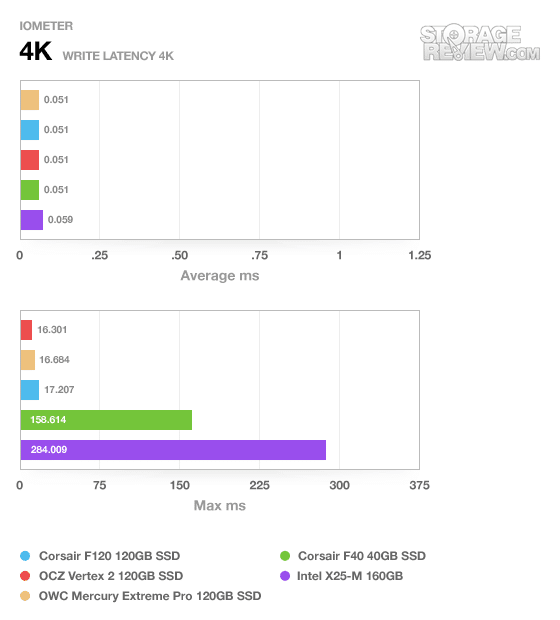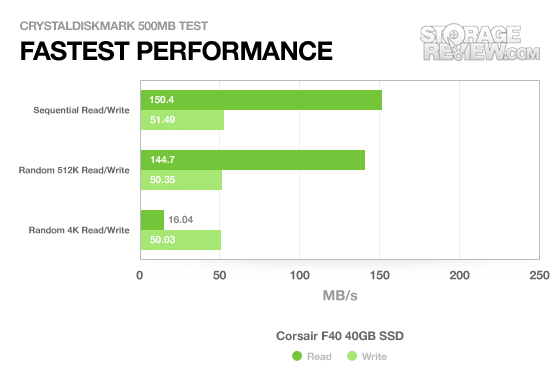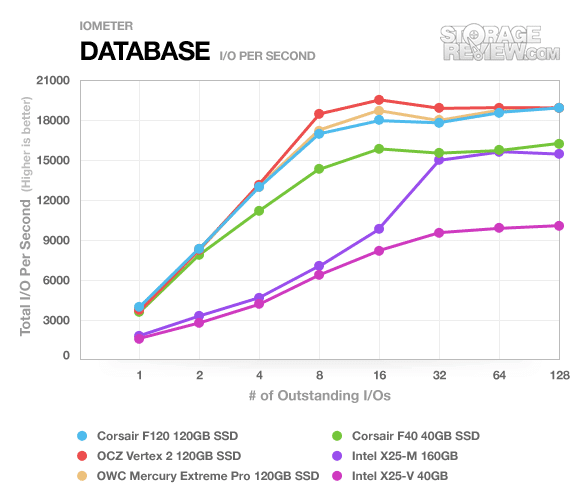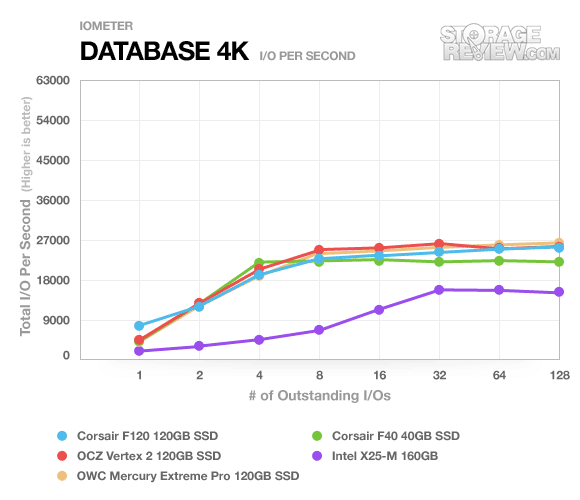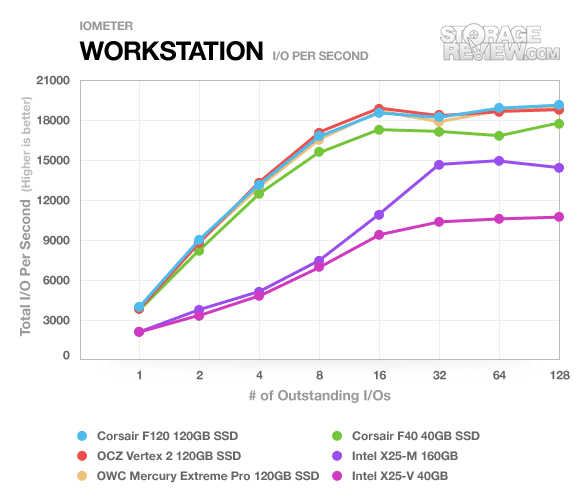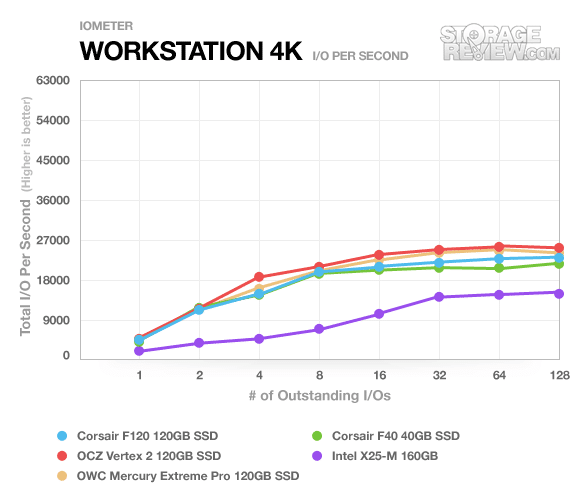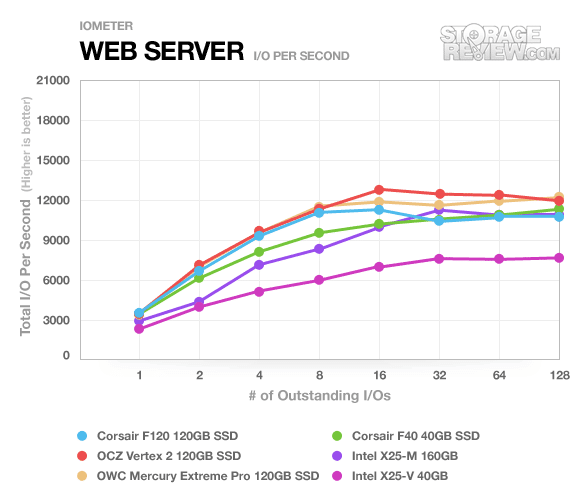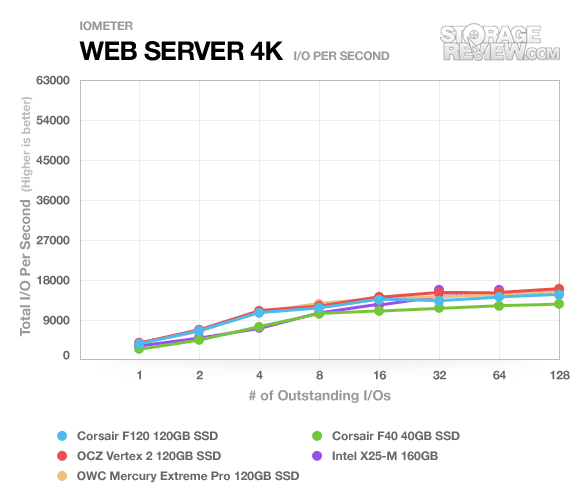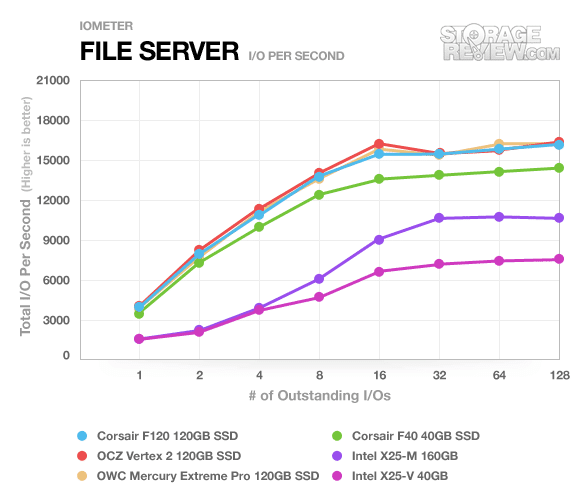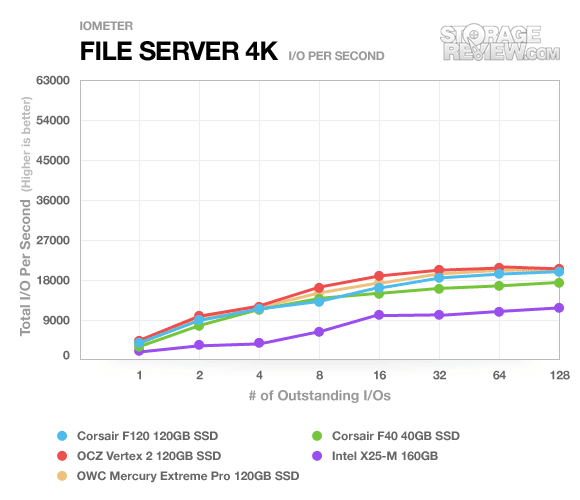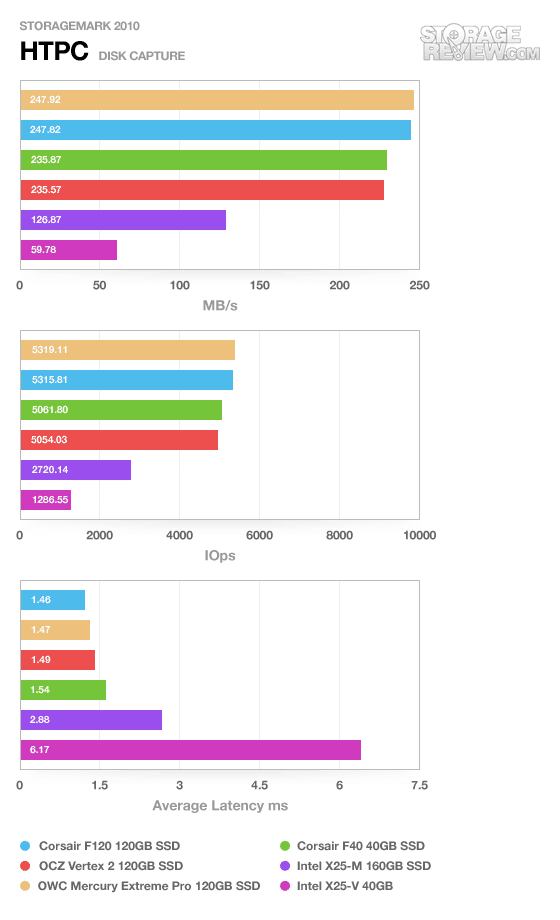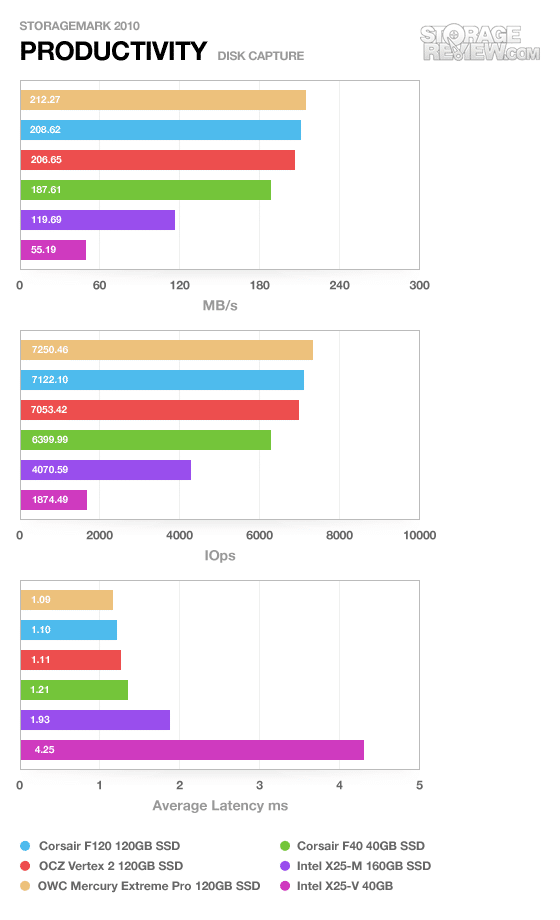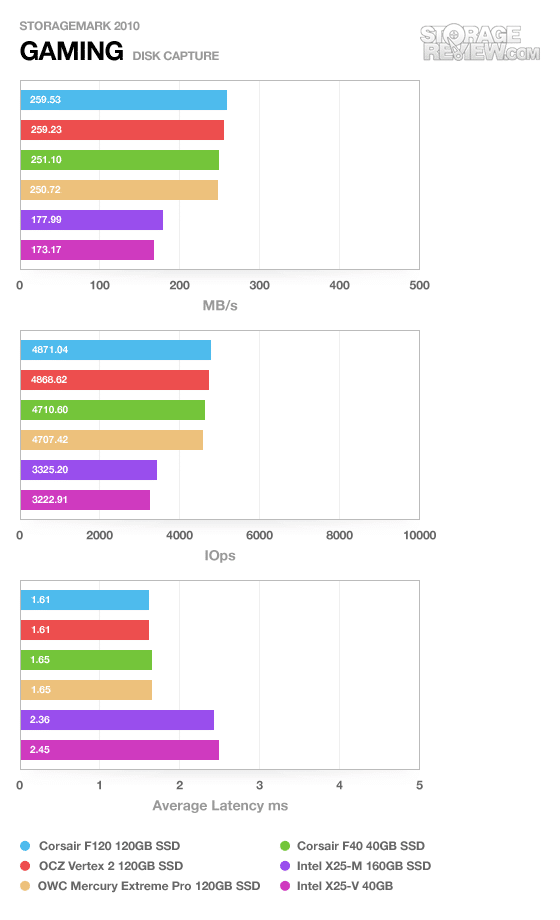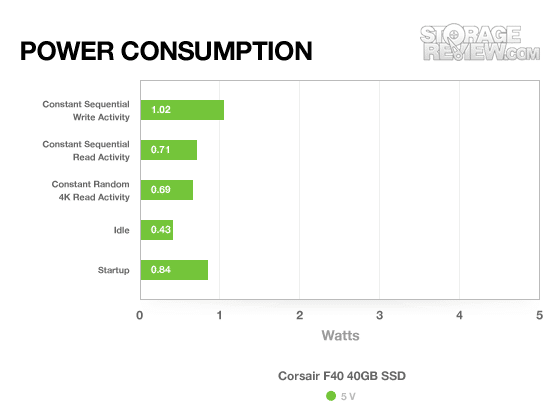
The Force series SSD line from Corsair represents their fastest and highest performing SSD models, and Force F40 SSD represents one of the capacity extensions (40GB, 80GB and 160GB) announced in July. Equipped with the latest controllers from SandForce, these models are the crème de la crème of the consumer flash storage world. In this mini review we take a look at the 40GB Corsair F40 and see how it performs against competing SSDs.
The new low-capacity Corsair Force F40 is aimed squarely at boot-only SSDs like the Intel X25-V. These types of drives generally offer only enough space to install the operating system and a few other key applications. They are also very cheap, and up until now they were considered slower than their larger capacity brothers.
As an editorial note, the F40 is nearly identical to the Corsair F120 review we recently posted. As a result, this F40 review is an abbreviated version of our regular reviews. Please reference the F120 review for additional details on the Force Series of SSDs.
Technical Overview
Corsair Force Series F40 Specifications:
- Maximum sequential read speed 280MB/second
- Maximum sequential write speed 270 MB/second
- Latest generation SandForce controller and MLC NAND flash for fast performance
- Capacity Reviewed: 40GB advertised (48GB Flash, 37.2GB Formatted)
- Internal SATA II connectivity
- TRIM support (O/S support required)
- No moving parts for increased durability and reliability and quieter operations over standard hard disk drives
- Decreased power usage for increased notebook or netbook battery life
- 2.5″ form factor
- Included 2.5″ to 3.5″ bracket
- Three year warranty
- MSRP: $130
Aesthetics
The Corsair F40 is an all-black design and a near carbon copy of the OCZ Vertex 2. Both models share a very similar shape, similar bottom plate designs, and even the same top cover sticker shape.
The difference though obviously is the Corsair sticker design and the black bottom plate instead of the silver one seen on the Vertex 2.
The F40 is also lacking a bottom cover identification sticker, instead opting to include model and serial number information on the top sticker. Both drive designs are basic and don’t try to stand out inside a desktop or notebook chassis.
The body of the SSD is fairly sturdy and doesn’t flex or give when you try to squeeze the drive. Dropping it on the floor would probably result in minimal damage, unless an object hit the SATA connector which is the most fragile exposed component.
Disassembly
Corsair has “warranty void if broken” stickers covering strategic access screws. Unless you want to throw away your warranty, I suggest checking out our internal shots instead of opening your own drive. The bottom plate is held on with four Phillips head screws (two of which are covered with stickers to prevent tampering) which when removed expose the circuit board inside. The circuit board is held in place by four additional screws.
While nearly identical outside of capacity, curiously the Corsair F40 has a different controller revision than the F120, this time matching the SandForce SF-1222TA3-SBH chip on the 120GB OCZ Vertex 2 and 120GB OWC Mercury Extreme Pro.
The F40 has 12 4GB Intel 29F32G08aamdb flash modules, with seven on the bottom and five on the top.
As we noticed with the OCZ Vertex 2 review, firmware is an important aspect of any SSD. The Corsair F40 was reviewed on its shipping firmware– version 1.1– which was rock-solid in our testing. Note that the original F120 we reviewed late last month had firmware version 1.0.
Synthetic Benchmarks
For this mini-review we will let the images speak for themselves. As you can see below, the Corsair F40 has almost nothing to worry about compared to the Intel X25-V, which it is aimed squarely at.
Real-World Benchmarks
We were most impressed by how well the Corsair Force F40 performed in our real-world benchmarks. Most low-capacity drives suffer from poor write speeds, but the F40 had no trouble keeping up with the other larger SandForce models we have already reviewed, thanks to being powered by the same processor family.
Our custom StorageMark 2010 traces break down drive performance by scenario, which aim to mimic common everyday situations.
The first real-life test is our HTPC scenario. In this test we include: playing one 720P HD movie in Media Player Classic, one 480P SD movie playing in VLC, three movies downloading simultaneously through iTunes, and one 1080i HDTV stream being recorded through Windows Media Center over a 15 minute period. Higher IOps and MB/s rates with lower latency times are preferred. In this trace we recorded 2,986MB being written to the drive and 1,924MB being read.
Our second real-life test covers disk activity in a productivity scenario. For all intents and purposes this test shows drive performance under normal daily activity for most users. This test includes: a three hour period operating in an office productivity environment with 32-bit Vista running Outlook 2007 connected to an Exchange server, web browsing using Chrome and IE8, editing files within Office 2007, viewing PDFs in Adobe Reader, and an hour of local music playback with two hours of additional online music via Pandora. In this trace we recorded 4,830MB being written to the drive and 2,758MB being read.
Our third real-life test covers disk activity in a gaming environment. Unlike the HTPC or Productivity trace, this one relies heavily on the read performance of a drive. To give a simple breakdown of read/write percentages, the HTPC test is 64% write, 36% read, the Productivity test is 59% write and 41% read, while the gaming trace is 6% write and 94% read. The test consists of a Windows 7 Ultimate 64-bit system pre-configured with Steam, with Grand Theft Auto 4, Left 4 Dead 2, and Mass Effect 2 already downloaded and installed. The trace captures the heavy read activity of each game loading from the start, as well as textures as the game progresses. In this trace we recorded 426MB being written to the drive and 7,235MB being read.
Power Consumption
The Corsair F40 is no exception to what we’ve seen with other SandForce drives, they’re all very power friendly, coming in with very low recorded power values.
Warranty
Corsair offers an industry-standard three-year warranty on the 40GB F40.
Conclusion
The new low-capacity 40GB Corsair Force F40 is a stunner. Compared to other boot-only drives it blows the competition out of the water by retaining the high read and write speeds of its higher capacity brothers. In our real-world benchmarks the difference is amazing when you compare this drive against the Intel X25-V, which is in the same price category, but limited in write speed. It speeds ahead in our Productivity trace and soars in the HTPC trace, thanks to the 240MB/s write speeds compared to the Intel’s 40MB/s.
Pros
- As fast as other SandForce drives
- Fastest write speeds on a low-capacity SSD
- Super low power consumption
Cons
- A step slower than it’s F120 big brother
Bottom Line
Overall it’s great to see new competition in the boot-drive front, since at the end of the day it means greater performance for shoppers working with a limited budget. With the tremendous performance and sub-$100 price (currently with rebate – $130 list) we’re happy to give the Corsair F40 top honors in our boot drive category.

